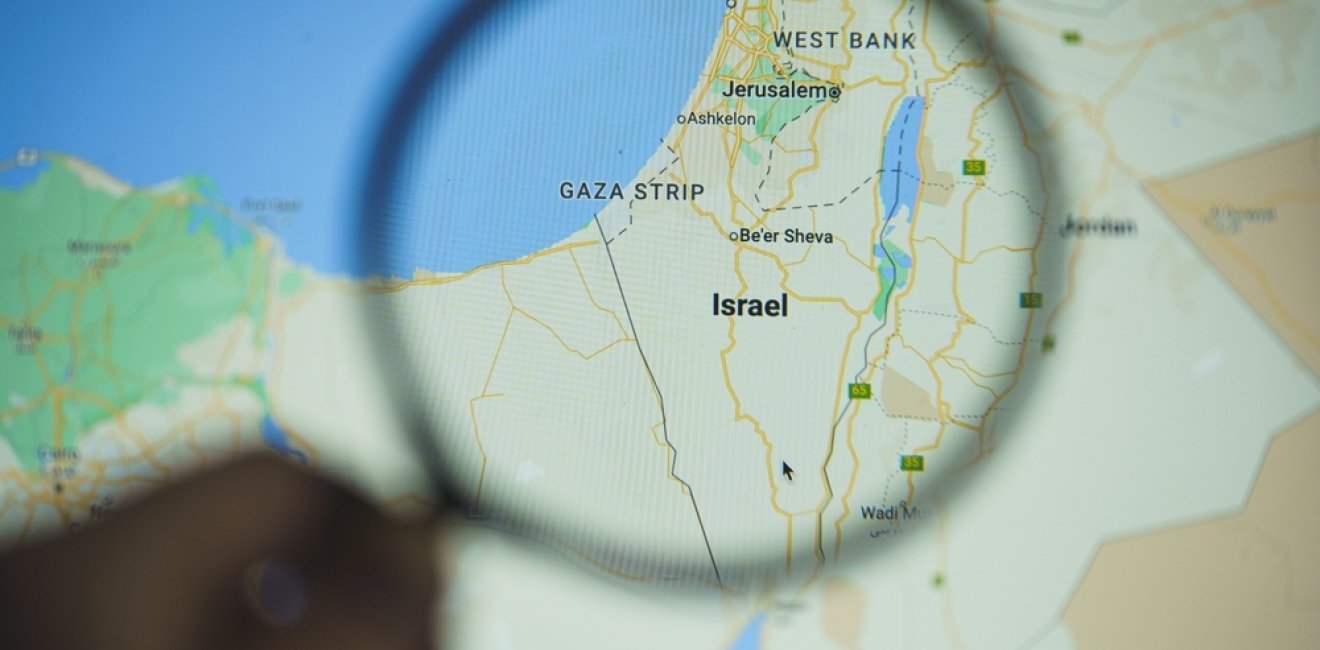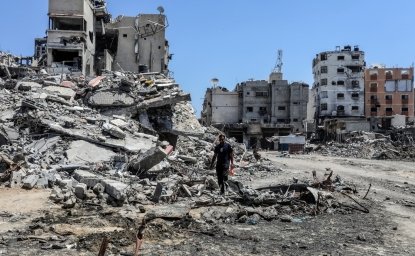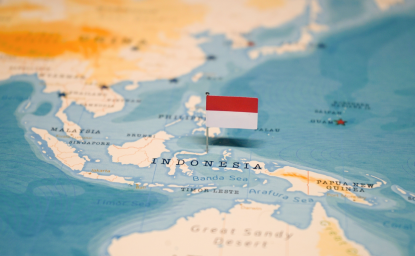The low-grade diplomatic dispute over Gaza war conduct between the Biden administration and Israel, focused most intently on reducing civilian casualties, so far had been managed. The President's frank comments about the conflict during a December 12 campaign gathering, and National Security Advisor Sullivan's and Secretary Austin’s subsequent visits to Israel, signal where the administration now is: Support Israel's goal to dismantle Hamas, but with a caveat, shift to more low-intensity campaign with fewer civilian casualties and more humanitarian assistance to Gazans. However, the administration also is pressing Jerusalem ever harder on a day-after scenario with an eventual role for the Palestinian Authority in Gaza. The administration's tack on the conflict makes sense, but Washington and Jerusalem may not be on the same wavelength on the timing or specific nature of the tactical shift.
The extraordinarily close partnership between Israel and the US in the Gaza war has enabled a stunningly rapid, if extremely violent, Israeli ground offensive throughout Gaza while deterring Iran's "axis of resistance" from escalating the conflict. There is much at stake. If the offensive and deterrence succeed, Gaza can be pacified and rebuilt thereafter, and progress achieved in Israeli-Palestinian relations. Such success could generate a regional geostrategic shift towards stability and better Arab-Israeli relations at Iran's expense and enhance Washington's global credibility to maintain collective security.
But the partnership from the first days often has been tense. Israel has prioritized the defeat of Hamas (defined most frequently as dismantling Hamas' offensive military capability against Israel and its governance of Gaza). The US accepted that goal but also emphasized avoiding excessive civilian casualties, humanitarian assistance, maintaining ties with Arab states with populations horrified by the civilian costs, day-after scenarios, and return of hostages. Domestic politics and international pressure push the Biden administration towards those priorities, while Israel is united on the need to dismantle Hamas quickly.
The President made very clear in his comments that he strongly supports Israel's priority to dismantle Hamas, noting that Israel faces an "existential" threat and that Hamas has to be finished off. At the same time, he directly criticized members of Prime Minister Netanyahu's cabinet and argued strongly for a day-after policy centered on the Palestinian Authority in Gaza and for Israel and the Palestinians moving towards a two-state solution. In talks on December 14 in Jerusalem, National Security Advisor Sullivan, reinforced by Secretary Austin on December 18, pressed the Israelis to shift to a lower intensity, more counter-insurgency-focused Gaza campaign that could significantly reduce civilian casualties.
The US Approach
The President's logic appears based on awareness, first, that as polls show, Israelis are united in the goal of dismantling Hamas; second, that goal is feasible; and third, that it is in America's interest for Israel to do so. Without Hamas removed as a "state" with a strategic threat to Israel, there can be no stable day-after in Gaza, no progress on a two-state solution, no further Israeli integration into the Arab world, and no effective deterrent to Iran. But suppose Israel can shift to tactics that minimize civilian casualties. In that case, Israel and the United States together can square the circle currently bedeviling them: eliminating Hamas and opening the door to progress on a long-term solution while cutting casualties dramatically, which are generating worldwide opposition to Israel and complicating regional diplomacy.
Thus, the entire strategy rests on Israel shifting to those less intense tactics. According to readouts of Sullivan's meetings and other regional observers' comments, Israel appears willing to do so in principle, but the "when" and the "how" remain unclear. The administration claims it has not set a time limit, despite press reporting about mid-January. Rather, US officials talk about a conditions-based shift.
To understand better what such a shift would look like, it is important to focus on the nature of the threat Israel faces. For the Israeli government and people, this war, the word the government deliberately uses, is an existential struggle against an armed force, Hamas, occupying a state and posing, particularly if coordinated with other Iranian-backed regional forces, an existential threat to Israel. Thus, for Israel, Hamas is the center of gravity, not, or at least not yet, the people of Gaza, as Washington is signaling. And that threat had to be dealt with initially by conventional offensive ground action.
A slower, more careful approach after October 7 would have reduced civilian casualties but would also have required a longer time horizon for victory, and more IDF casualties, and Israel can afford neither.
A slower, more careful approach after October 7 would have reduced civilian casualties but would also have required a longer time horizon for victory, and more IDF casualties, and Israel can afford neither. It cannot indefinitely maintain a military mobilization (over 6 % of the population) approaching proportionally the level of the US military in World War II, and does not know how long unstinting American support and Iranian forbearance will last. And it has already suffered almost 25% of the military losses, proportionate to population, which the US lost in ten years in Vietnam. Furthermore, the Israelis believe that the density of the population in Gaza, along with Hamas' strategy of embedding deliberately in civilian areas, makes high civilian casualties inevitable in any military action.
A Shift in Operations
Thus, Israel has pursued a military plan similar to the US-led international Coalition against the Islamic State from 2014-2019: massive conventional ground action by tens of thousands of Iraqi and Syrian partner forces backed by US air and artillery (but with tighter rules of engagement and more population outreach). Once successful, the Coalition shifted to a lower-intensity traditional counter-insurgency, albeit with limited success in winning the loyalties of the populations previously under the Islamic State's sway.
Israel, by mid-December has accomplished most of the goals of a conventional urban assault—capturing the major centers of enemy resistance in the north and, in the south, Khan Yunus, although fighting continues there. Furthermore, Israel has inflicted high casualties on Hamas forces. Once Israel seizes the last Hamas strongholds, it will still face a determined enemy but besieged in underground tunnels or dispersed among the civilian population huddled close to the Egyptian border.
That opens the door to a more targeted, less "kinetic" operation more resembling a counter-insurgency against Hamas, along with efforts, be they by diplomacy or special forces raiding, to get hostages back. Israel understands the nature of such a counter-insurgency, as it has long conducted one against Hamas in the West Bank.
But obstacles loom. Despite Washington's public emphasis on setting conditions, not a timeline, for the shift to lower-intensity operations, its expectations may not coincide with Israel's or with conditions on the ground. Furthermore, the counter-insurgency operation, with continued, even if reduced, civilian casualties, could be more intense than outside observers, and some in the administration, expect it to be, and drag on for longer than Washington's patience. Iran, once it is clear that Israel will dismantle Tehran's valued ally Hamas, could retaliate against Israel or the US. Finally, Israel might reject the US approach to the day-after and a role for the Palestinian Authority.
But Washington has leverage given President Biden's extraordinary, much-appreciated support. Israel, while unlikely to yield on dismantling Hamas, might warm to a compromise with Washington on day-after scenarios.
The views expressed in these articles are those of the author and do not reflect an official position of the Wilson Center.






